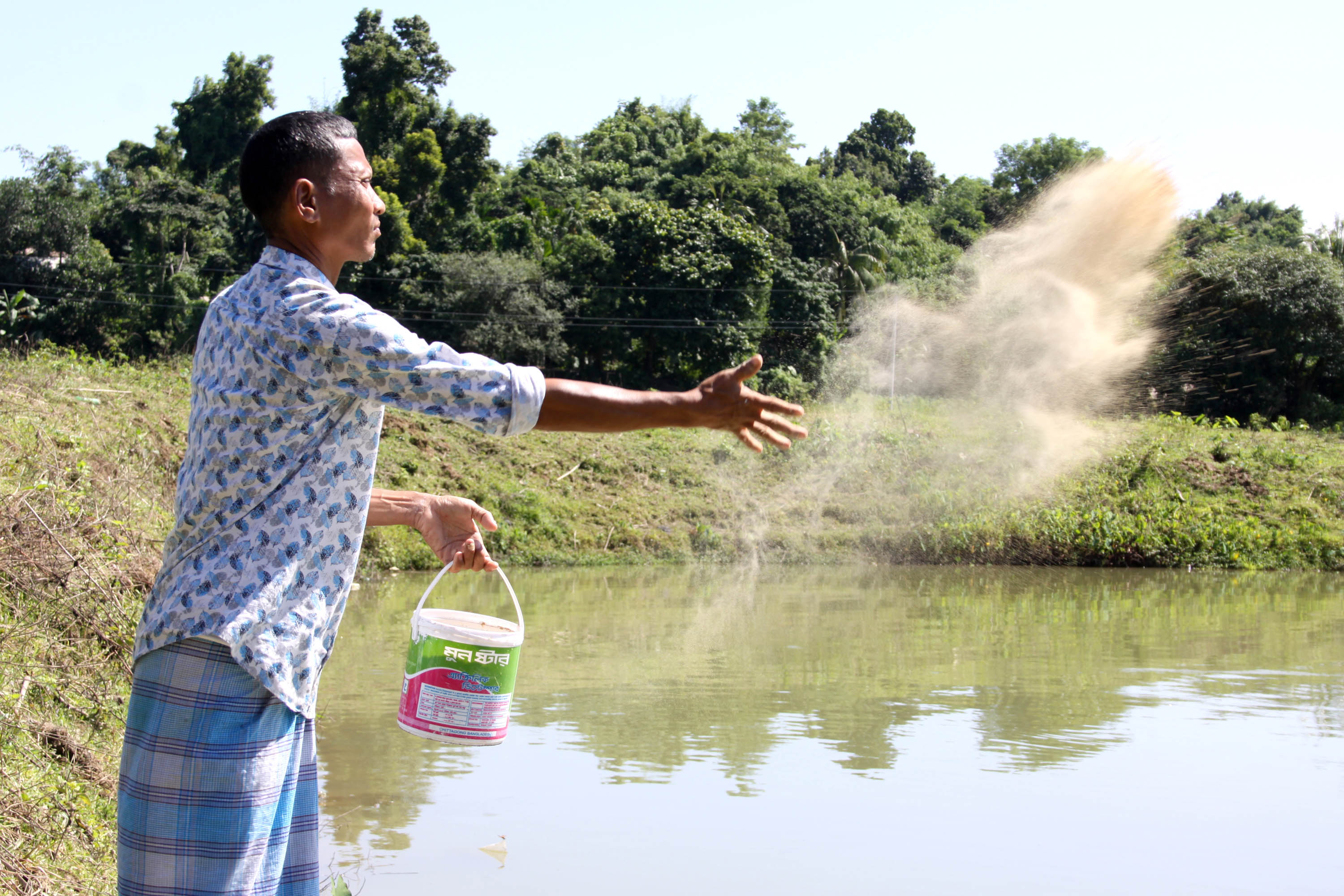Managing the risk of veterinary drug transfer through feed to food
Medicated feed is one important route for administering veterinary medicinal products to animals, in particular to animals intended for food production.
It can be difficult to administer a veterinary drug to an animal, especially in the case of smaller species typically reared in large groups such as a flock of birds or a school of fish where there would be hundreds of animals that all need to be treated at the same time. The use of medicated feed provides an simple, efficient solution which ensures reliable delivery of the drug.
Daniela Battaglia, FAO Livestock Production Officer said: “the use of veterinary drugs is often essential to treat diseases and ensure animal health and welfare, contributing to public health and the economic sustainability of the livestock sector. Depending on the circumstances, the use of medicated feed could be the best route of administration”.
At a feed manufacturing facility, it is possible that what is termed an “unintended and unavoidable” presence of low levels of certain veterinary drugs can be found in the feed after a batch of medicated feed has been produced using the same facility.

Fish feeding in Bangladesh
The Codex Committee on Residues of Veterinary Drugs in Food (CCRVDF) requested FAO and WHO to provide scientific advice and determine whether such low-level presence of residues subsequently found in food would constitute a threat to human health and impact negatively on trade.
Experts are selcted to ensure excellence, independence and transparency.
The experts who respond to the request from FAO and WHO to participate in this work are very carefully selected to ensure excellence, independence and transparency. “We are almost always looking for people with risk assessment expertise not just detailed knowledge of a particular subject matter”, said Markus Lipp, Senior Food Safety Officer and Secretary of the expert meeting.
Over several days experts discussed carryover and their report will contain a series of findings and recommendations to CCRVDF that will help countries mitigate and manage the risk of a residue of veterinary drugs in feed occurring in food.
Patricia Dowling, Professor at the Western College of Veterinary Medicine at Saskatoon, Canada, and one of the participants at the meeting commented: “It was very rewarding to see how a group of international experts on animal feeds and food safety could collaborate to address the FAO/WHO concerns with specific recommendations”.
How Codex will use this work
Gracia Brisco, Food Standards Officer in the Codex Secretariat said: “The work of this expert meeting will provide valuable input to CCRVDF regarding any risks to human health from unintended and unavoidable residues of veterinary drug transfer from feed to food and will allow the Committee to consider risk management recommendations to address such risks and possible trade concerns”.
Listen as Markus Lipp describes how expert panels are selected and the skills required to work on this topic.
Read more
FAO’s role in animal production
Categories
- (11)
- (19)
- (15)
- (3)
- Animal Feed (8)
- Antimicrobial Resistance (45)
- Antimicrobial Resistance (86)
- CAC47 (10)
- Codex Texts (18)
- Codex Trust Fund (1)
- Contaminants (13)
- Contaminants (10)
- COVID-19 (64)
- Elections (6)
- Food Safety (131)
- Labelling (13)
- Monitoring (9)
- Nutrition and Labelling (6)
- Nutrition and Labelling (7)
- Observers (26)
- Pesticides (9)
- Standards (82)
- World Food Safety Day (162)


